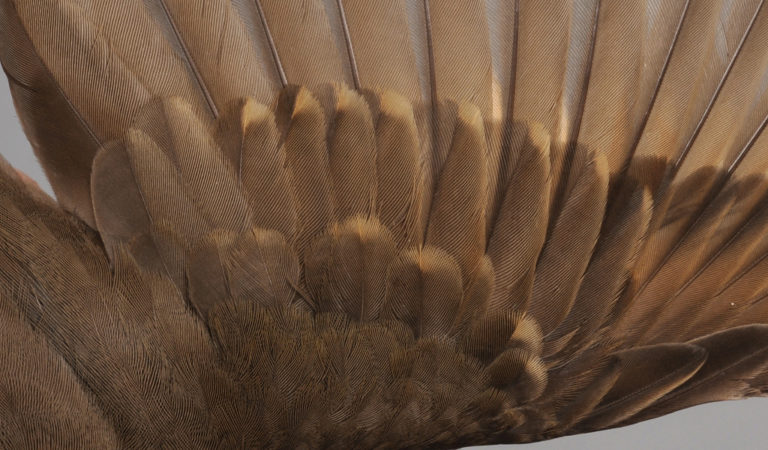

Song Thrush
AGE – BEST CRITERIA:

2cy March. The outermost GC1-8 are unmoulted juvenile, with a slight rusty hue and rather large buff tip, contrasting to post-juvenile inner GC8-10 which are slightly olive tinged and showing a smaller and more diffuse pale tip. Note that juvenile GC also contrasts to the post-juvenile MC. [4611543]
More Turdus philomelos:
Ringers’ DigiGuide is sponsored by: